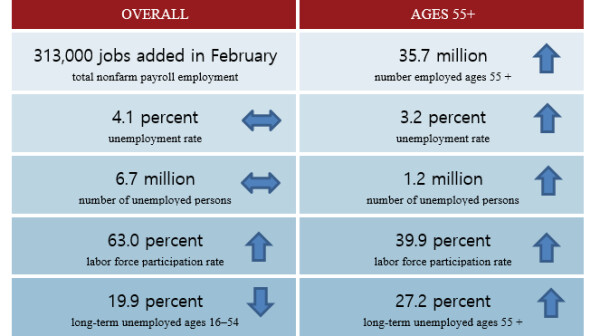AARP Eye Center
CLOSE ×
Search
Popular Searches
- right_container
- Health
- Money
- Work & Jobs
- Social Security
- Medicare
- Caregiving
- Games
- Travel
- More...
- Entertainment & Style
- Family & Relationships
- Personal Tech
- Home & Living
- Auto
- Staying Sharp
- Podcasts
- Videos
Long-term services and supports (LTSS), also known as long-term care, is a reality of life, touching almost everyone in some way. These services are often particularly essential for people with chronic health conditions or disabilities to manage daily activities and maintain their quality of life.…
Within a decade, the U.S. population will consist of more adults over 65 than children under 18. To prepare for rapid population aging, Age-friendly Community (AFC) programs across the country are helping towns, cities, counties, and states transform their communities into great places to grow up…
“If it wasn’t for SNAP, I don’t know what we would do.” – 61-year-old AARP survey participant
The American Society on Aging’s (ASA) annual conference got off to a roaring start Monday as an expected 3,000 attendees from around the world descended upon San Francisco to foster greater collaboration and sharing of advances in supporting an ever-expanding aging population.
As more than 3,000 leaders and professionals in the field of aging gather in San Francisco for the 2018 Aging in America conference, addressing the needs of the aging population and the number of people living with disabilities will be top of mind. That’s more important than ever.
Getting our research off the page and into policy and practice is a critical component of the Public Policy Institute’s work. We know that in order to help older adults, family caregivers of all ages and the professionals who support them, we need to back up our facts and research findings with…
You might have thought that efforts to unravel the Affordable Care Act (ACA) were over, but newly proposed regulations and legislation are once again threatening to have similar harmful effects for older adults ages 50-64 who rely on individual market coverage.
On March 26-29, there will be lots of empty desks here at AARP’s Public Policy Institute (PPI). That’s because many of my colleagues and I will be at the annual American Society on Aging’s (ASA) Aging in America Conference in San Francisco.
Older adults with otherwise healthy brains sometimes develop biological changes that could put them at risk for financial exploitation, according to a study published earlier this year by researchers from Cornell and York universities. Previous studies had identified a link between brain disease…
Representative payees are vital to the well-being of millions of Social Security beneficiaries, and most perform their duties well; nevertheless, the program can be strengthened.
Nearly half (48 percent) of U.S. adults ages 65 and older have pre-diabetes, meaning their blood sugar levels are high enough to put them at risk for developing type 2 diabetes. Diabetes is associated with a host of health complications, including stroke, kidney disease, blindness, and even…
“Without SNAP, I don’t know how I’d be able to afford to eat.”
Employment Overview
Search AARP Blogs
Recent Posts


































































